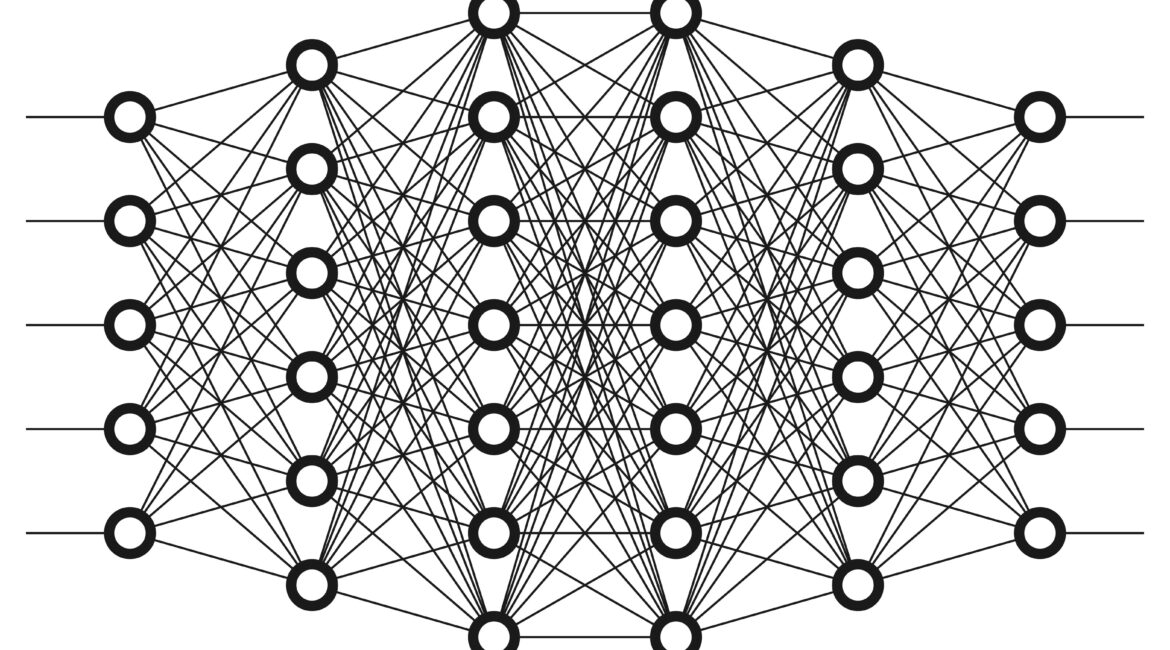According to the European Patent Office’s Board of Appeal Decision T 0702/20, a neural network defines a class of mathematical functions and, as such, cannot be protected by a European Patent. However, the neural network can be considered when assessing the inventive stop used to solve a technical problem and is trained with specific data for a specific technical task. The case in hand relates to European Patent Application No. 14992040.1, published as EP 3 089 081, and sought to protect a neural network apparatus, a method of classifier learning and a discrimination method (paragraph 1). The description started from the observations by the inventors that a standard fully connected neural network requires a large amount of computation and may indeed lead to overfitting. Overfitting occurs when a classifier learns the training data too well and cannot generalise the results.
The Examining Division and the Patent Applicant both agreed that the difference between the prior art and the invention resided in that the different layers of the neural network are connected in accordance with an error code check matrix. However, the Examiners argued that these distinguishing features did not serve any technical purpose. On the other hand, the Applicant argued that the distinguishing feature solved the problem of improving the learning capability and efficiency of a machine by reducing the required computation resources (in particular storage) and preventing the problem of overfitting. The Board of Appeal rejected this argument on the grounds that it was true that the storage and computational requirements of the neural network structure set out in the application were indeed reduced in comparison with a fully-connected network. However, this did not mean that a technical effect was present for the simple reason that the modified network (in the application) is different than the network in the prior art and the network did not learn in the same way. In other words, the neural network of the application required less storage but did not do the same thing.
One issue that the Board of Appeal examined was whether the neural network had a “further technical use”. The Board pointed out, however, that the outputs of the network could be used in non-patentable areas, such as forecasting stock market evolution, therefore the Applicant could not rely on this argument for patentability.
Whilst the Board did not allow this application, the points discussed help in understanding what can be patented in Europe. It is clear that an argument based on better use of computational resources will not work unless a direct comparison can be made between the prior art and the invention. The application was interesting in that the Applicant tried to protect a new aspect of “core artificial intelligence” and because of the mathematical nature of such aspects, the applications are generally refused (as in this case). It is difficult to express the “technical problem to be solved” in such applications. However, the Board’s remarks about “further technical uses” in their decision suggest that they would have been more open to granting the patent if the applicant had provided a technical example for the use of the invention.
A previous decision from the European Patent Office (which we discussed at this link) highlighted, however, that the mere use of a neural network is not sufficient to justify the inventiveness of an application when the technical use was already known and the sole difference was in the use of a neural network.
The main takeaway from the decision is the need in Europe to clearly express a technical solution to a technical problem. In the current case, no technical problem could be identified and thus the application was not granted.
If you need further information about filing patent applications in the field of artificial intelligence, then our AI team can help. Feel free to get in contact.





